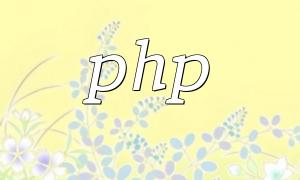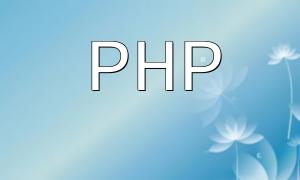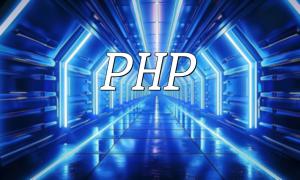Laravel is an open-source PHP framework designed to make the development process simpler and more efficient. Its elegant template engine, powerful routing system, and built-in Eloquent ORM greatly enhance database operations and code writing efficiency.
Laravel offers multiple core advantages:
A flexible routing system that allows developers to easily manage application URLs; a clean and elegant syntax style that helps developers achieve more with less code; a rich ecosystem that includes numerous official and community packages to meet diverse development needs.
After ensuring Composer is installed on your system, you can quickly set up a Laravel project via the command line:
composer create-project --prefer-dist laravel/laravel projectName
The .env file in the project root is used to configure database connections and other environment variables to ensure Laravel runs properly.
Routing in Laravel manages request flow and is defined in the routes/web.php file. For example:
Route::get('/welcome', function () { return view('welcome'); });Laravel uses the Blade template engine, providing a concise and clear syntax for building views. You can use conditional statements and loops in view files, greatly enhancing maintainability and flexibility.
This guide helps you quickly grasp the basics and common features of Laravel. Whether you are a beginner or an experienced developer, properly applying the Laravel framework can significantly improve project development efficiency and quality. Continuous learning and practice will help you become a proficient Laravel developer.









